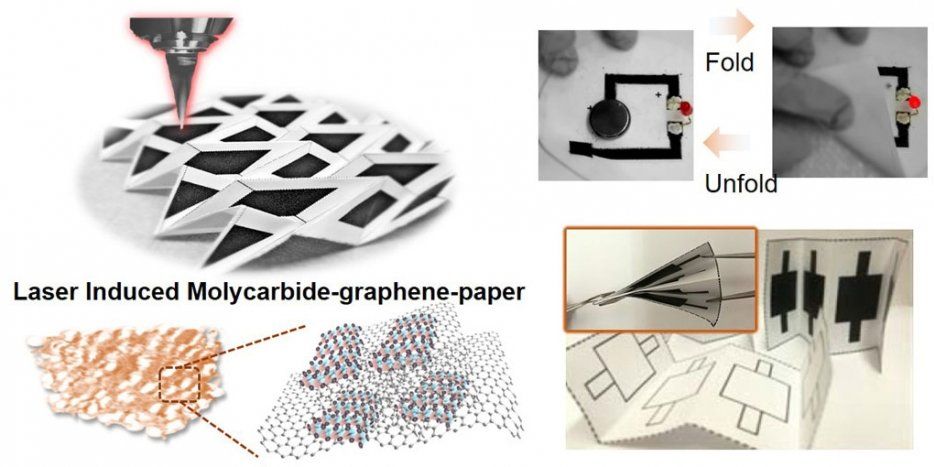Jul 10, 2018
Global quadrupling of cooling appliances to 14 billion by 2050
Posted by Bill Kemp in categories: biotech/medical, economics, food, sustainability
Soaring global need for cooling by 2050 could see world energy consumption for cooling increase five times as the number of cooling appliances quadruples to 14 billion—according to a new report by the University of Birmingham, UK.
This new report sets out to provide, for the first time, an indication of the scale of the energy implications of ‘Cooling for All’.
Effective cooling is essential to preserve food and medicine. It underpins industry and economic growth, is key to sustainable urbanisation as well as providing a ladder out of rural poverty. With significant areas of the world projected to experience temperature rises that place them beyond those which humans can survive, cooling will increasingly make much of the world bearable—or even safe—to live in. With populations increasing, expanding urbanisation and climate change impacts leading to more frequent heatwaves and temperature rises, the demand for more cooling will increase in the decades ahead.
Continue reading “Global quadrupling of cooling appliances to 14 billion by 2050” »


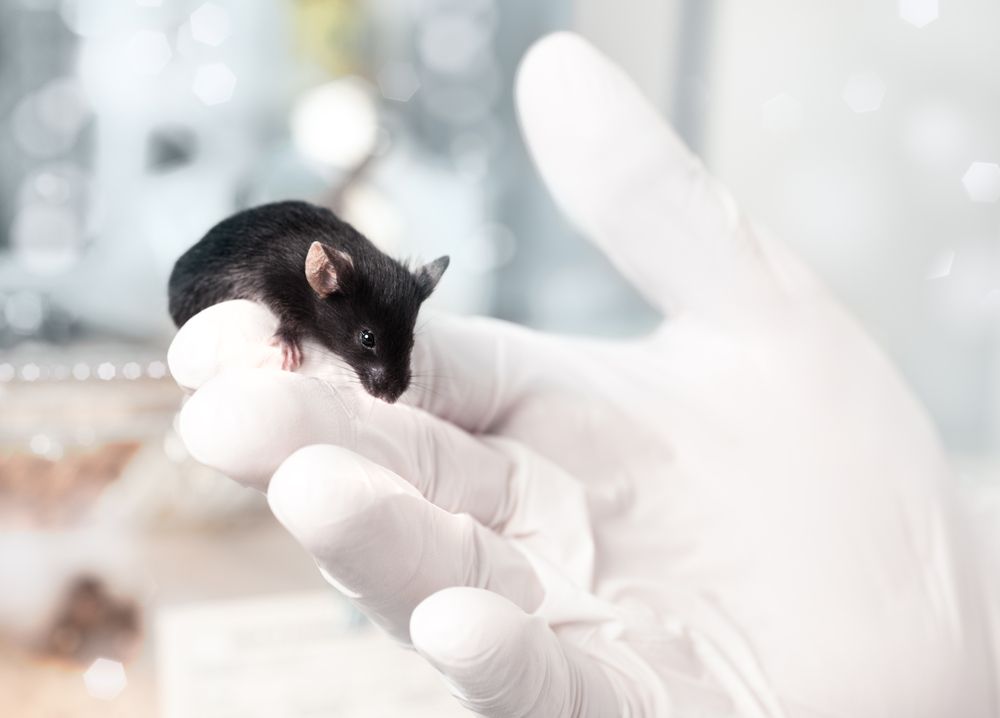
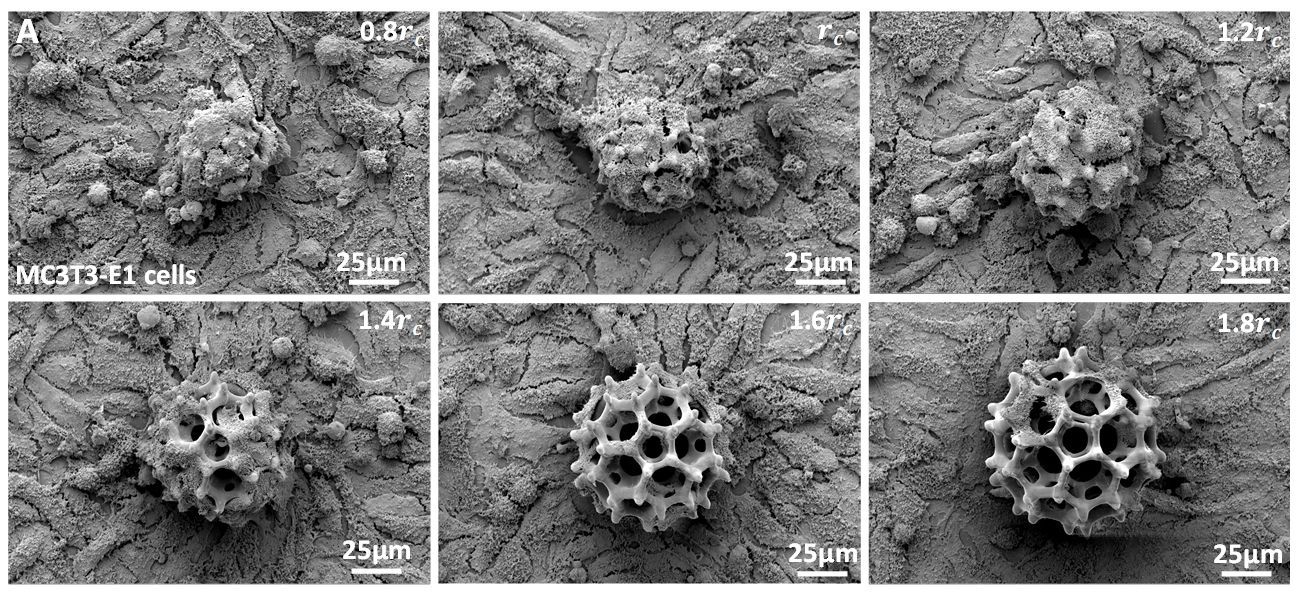
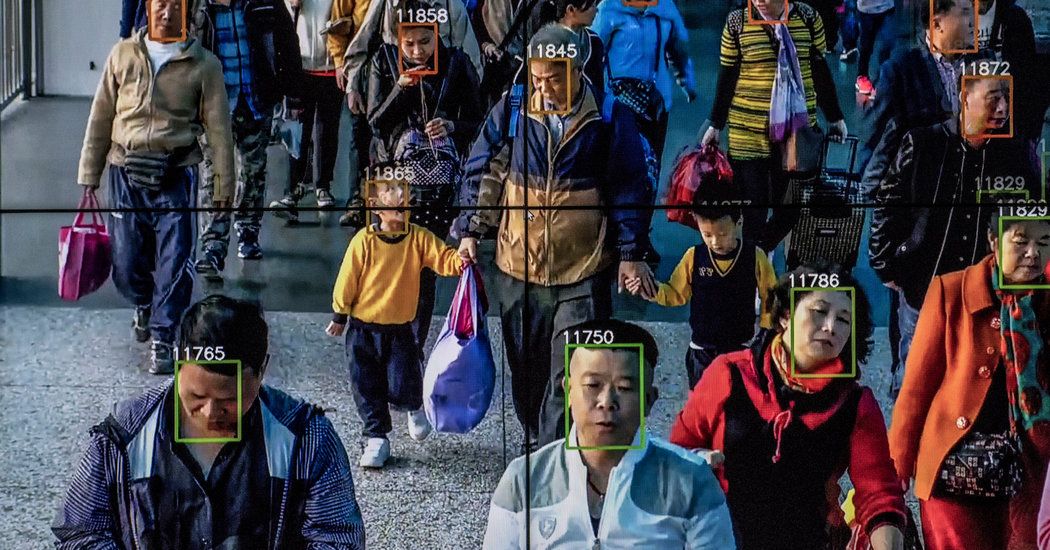
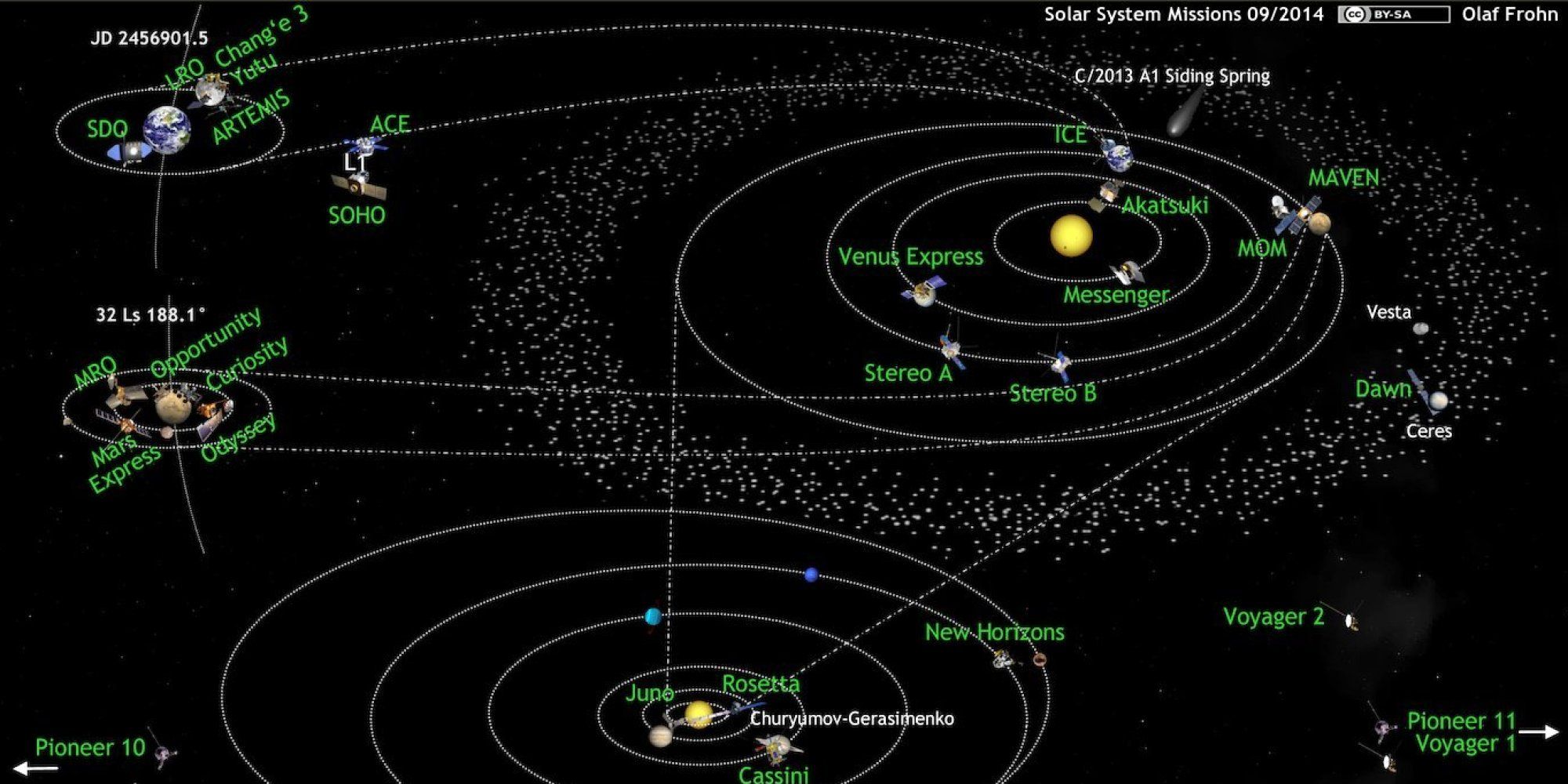
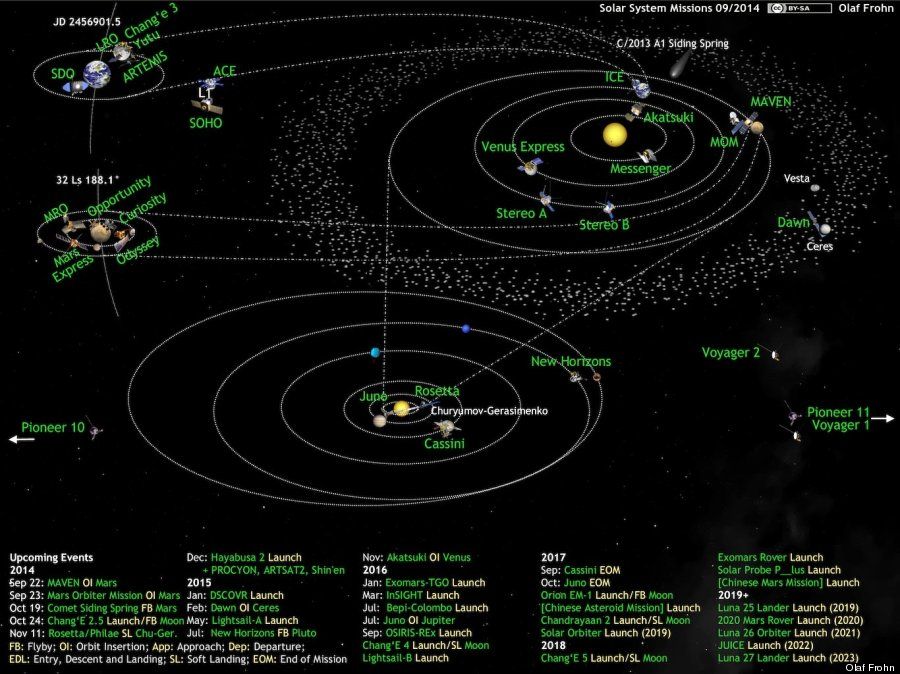 A diagram, updated once a month, of active space missions beyond Earth orbit.
A diagram, updated once a month, of active space missions beyond Earth orbit.

